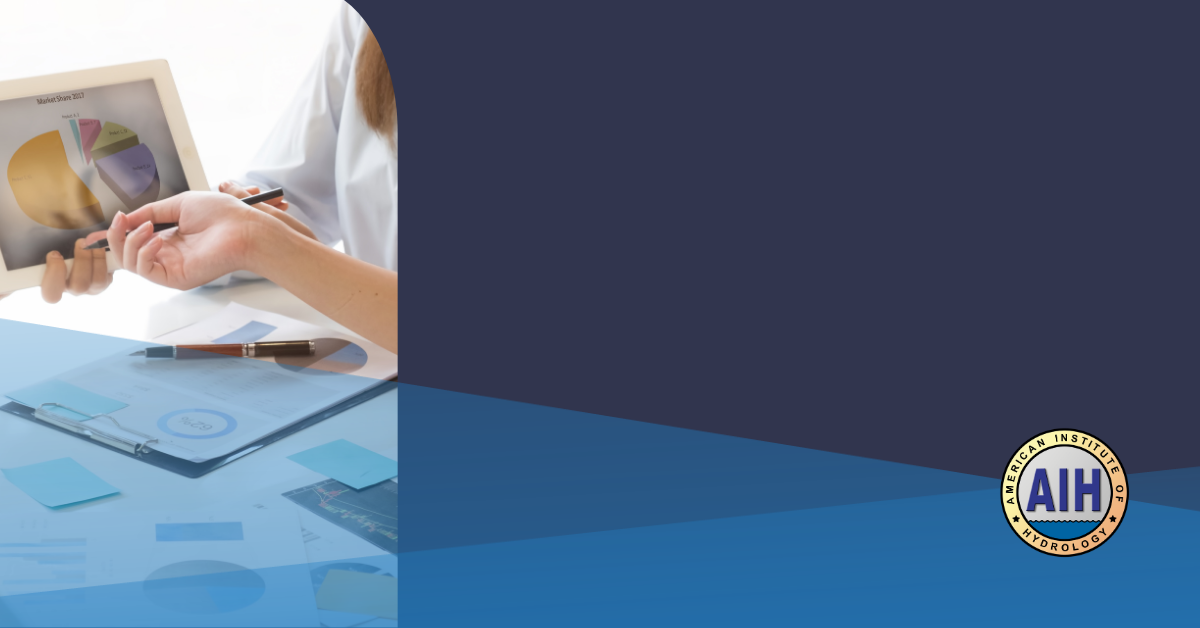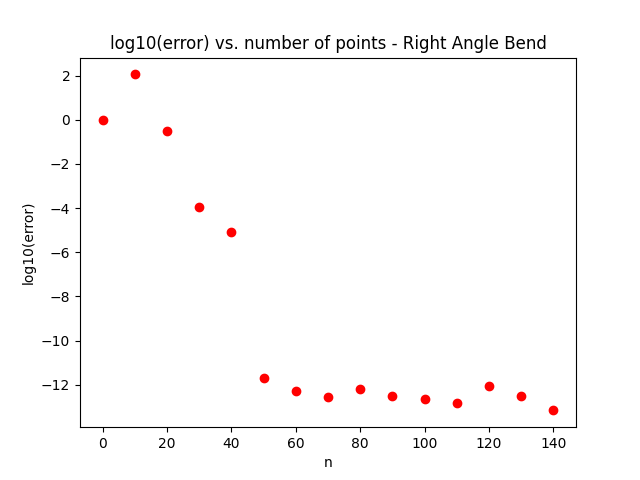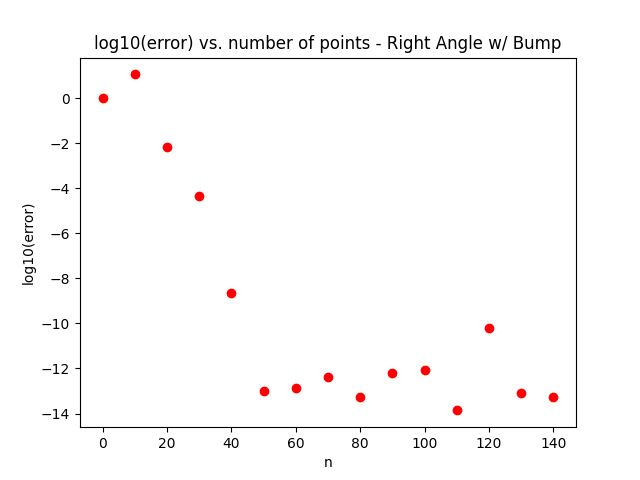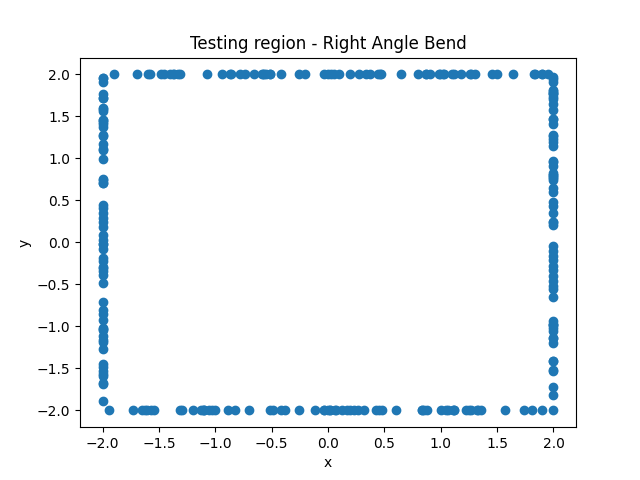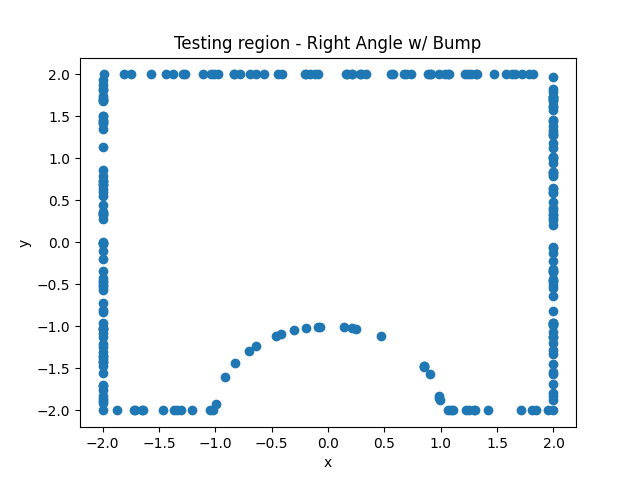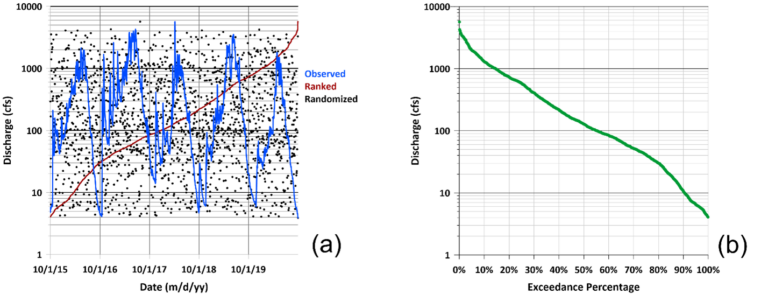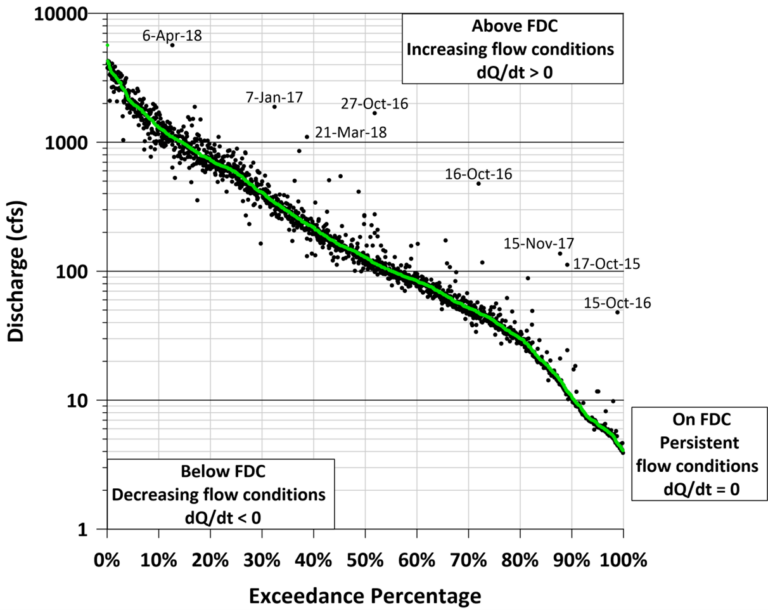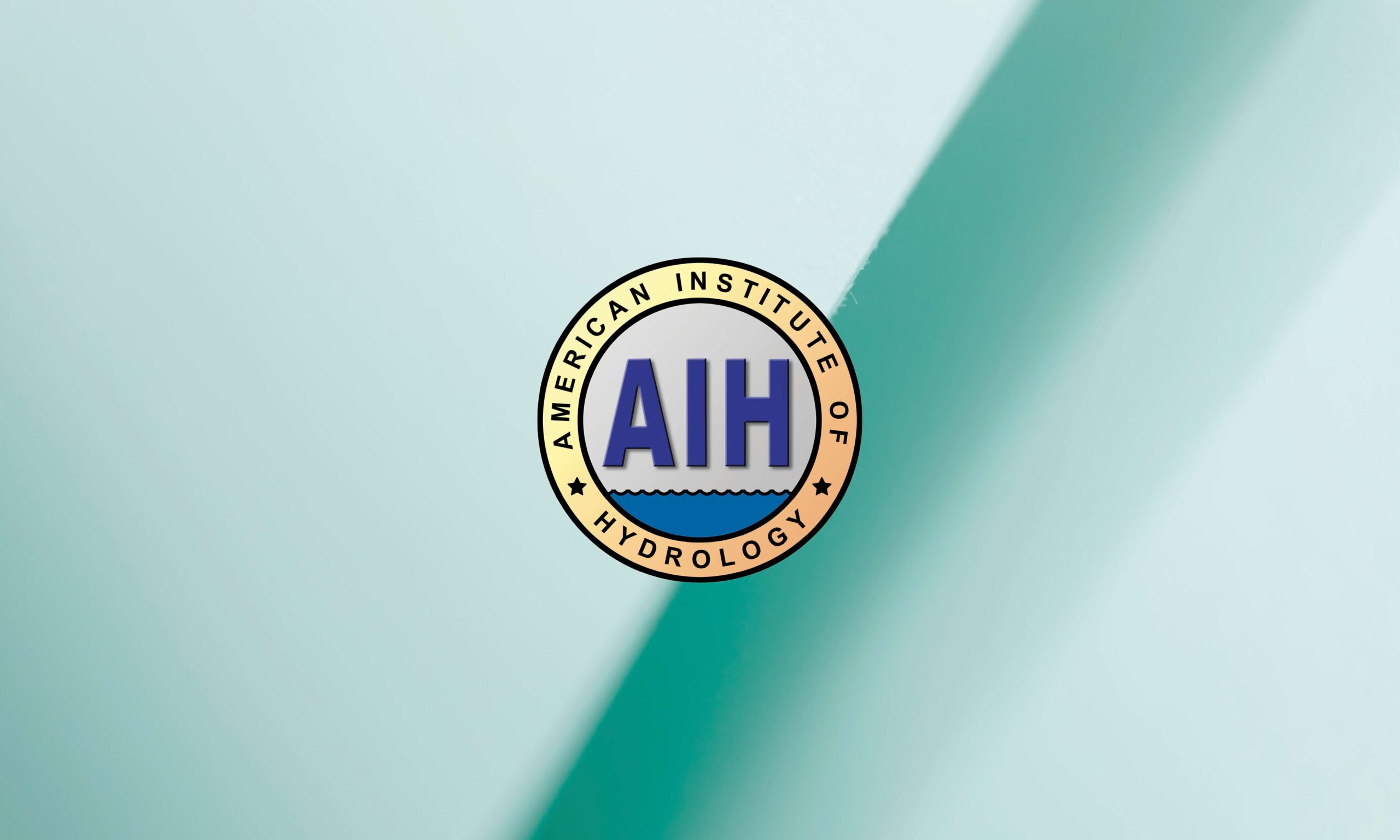Julé Rizzardo, PH, AIH President, 2023-2024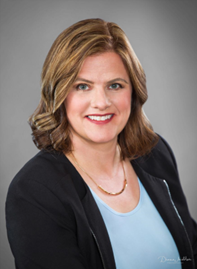
The change of seasons is upon us, and with that, I’d like to announce some changes in our management team. We are grateful to Smith Moore and Associates for three years of management services as we transitioned our organization headquarters to Sacramento, published our first digital newsletter, and launched our webinar series. Now, we are poised to continue growing our organization and connecting with members with the help of a new management team. The new team is handling all aspects of administering AIH, including membership, certification, exams, marketing and financial services.
Please meet the team!
 Ginger Tinsley, Membership and Certification Database Manager
Ginger Tinsley, Membership and Certification Database Manager
Ginger brings extensive association management and business development experience to AIH. She has managed associations for medical professionals for over a decade, including member engagement, board facilitation, database management, strategic planning, and legislative initiatives.
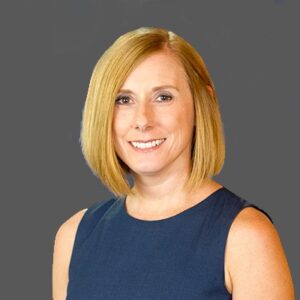 Megan Balkovic, MHB Services, Owner
Megan Balkovic, MHB Services, Owner
Megan is the owner of MHB Services, a consulting company for small nonprofits, and provides digital marketing and communication expertise for AIH. She manages our social media platforms, and develops digital content to market our newsletter, webinars and member communications.
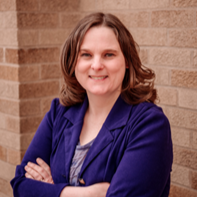 Angie Agrey, Lethert, Skwira, Schultz and Co. LLP, Partner
Angie Agrey, Lethert, Skwira, Schultz and Co. LLP, Partner
Angie provides financial and accounting services for AIH, including monthly financial reports, accounts receivable and payable, and will be assisting us with separating and tracking funds for the upcoming DEI Scholarship Program.
Upcoming Exam Schedule
February 2, 2024: 9:00 AM to 1:00 PM PST, Fundamentals Exam (Hydrologist in Training )
March 15, 2024: 9:00 AM to 1:00 PM PST, Professional Hydrologist Exam
Annual Membership Renewal
We are grateful to have you as a part of the AIH community and recognize that your commitment to us has been instrumental in shaping who the organization is today. We are ready to assist you in renewing your membership for the year ahead!
Our goal is to provide you with excellence in member services, impactful educational offerings, timely and applicable communications, and opportunities to connect and network with others in hydrology. That’s why now is the best time to renew your membership and keep your certification active. Renew now before it expires on January 15, 2024 – it only takes a few minutes!
AIH offers you numerous reasons to continue to keep your membership current:
- Maintain your certification as a professional hydrologist or hydrologic technician
- Build your career as a hydrologist-in-training or student member
- Earn continuing education credits with free access to AIH webinars
- Nominate yourself or colleagues for AIH annual awards
- Receive recognition by your peers and employer for achieving professional competence in hydrology
- Contribute to the work of AIH Committees and submit articles for the AIH Bulletin
- Belong to a community of colleagues with common professional interests and opportunities to collaborate
- Take leadership roles in the Board of Directors and Board of Registration
Our dedication and commitment to you and the hydrology industry is unprecedented – you won’t want to miss what’s next!
We’re improving our database operations in an effort to make renewing your membership easier and more accessible. To get started online:
- Log into Certemy online at https://app.certemy.com/entry/login. You’ll need your email address and password associated with your Certemy account.
- Can’t remember your password, click “Forgot Password?”, enter the correct email, and a link to reset your password will be emailed to you.
- Can’t remember which email you use for Certemy (hint: it’s the same email that this Bulletin was sent to) or need more assistance? Contact Ginger Tinsley at admin@aihydrology.org or call (540) 500-1933.
If you are still unable to renew your membership, then you can renew on our website and select your membership type:
- Professional Hydrologist Membership ($150/annually)
- Hydrologic Technician Membership ($90/annually)
- Hydrologist-In-Training ($100/annually)
- Student Membership ($20/annually)
- Emeritus ($50/annually)
Call for Committee Volunteers!
AIH needs you to support a variety of AIH’s volunteer committees. Read below for more information on how to get involved.
Diversity, Equity and Inclusion (DEI) Committee
If you are interested in joining the DEI Committee and helping launch our very first DEI scholarship program in 2024, please contact co-chair John Ramirez-Avila (jramirez@cee.msstate.edu) or Matt Naftaly (mnaftaly@dudek.com). The Committee is finalizing scholarship application criteria and planning to make the first scholarships available for application in late 2024.
Communications Committee
This committee helps the Director of Communications with reviewing the technical articles for the AIH Bulletin. If you’re interested in joining, please contact the Director, Communications, Brennon Schaefer (brennon.schaefer@state.mn.us).
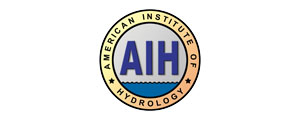
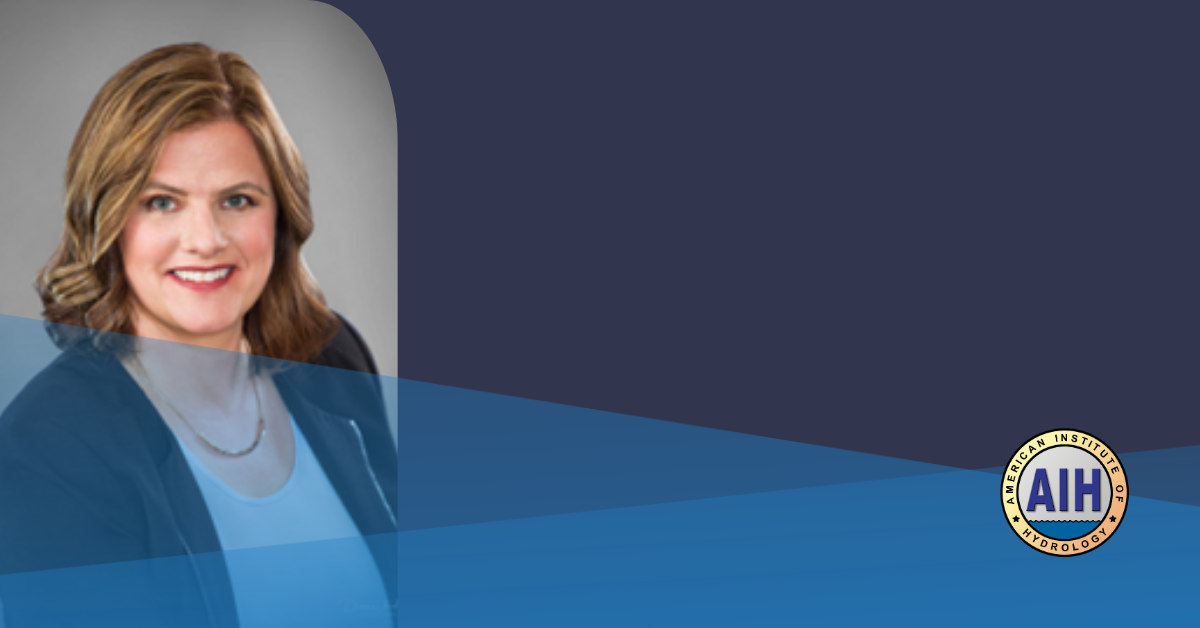
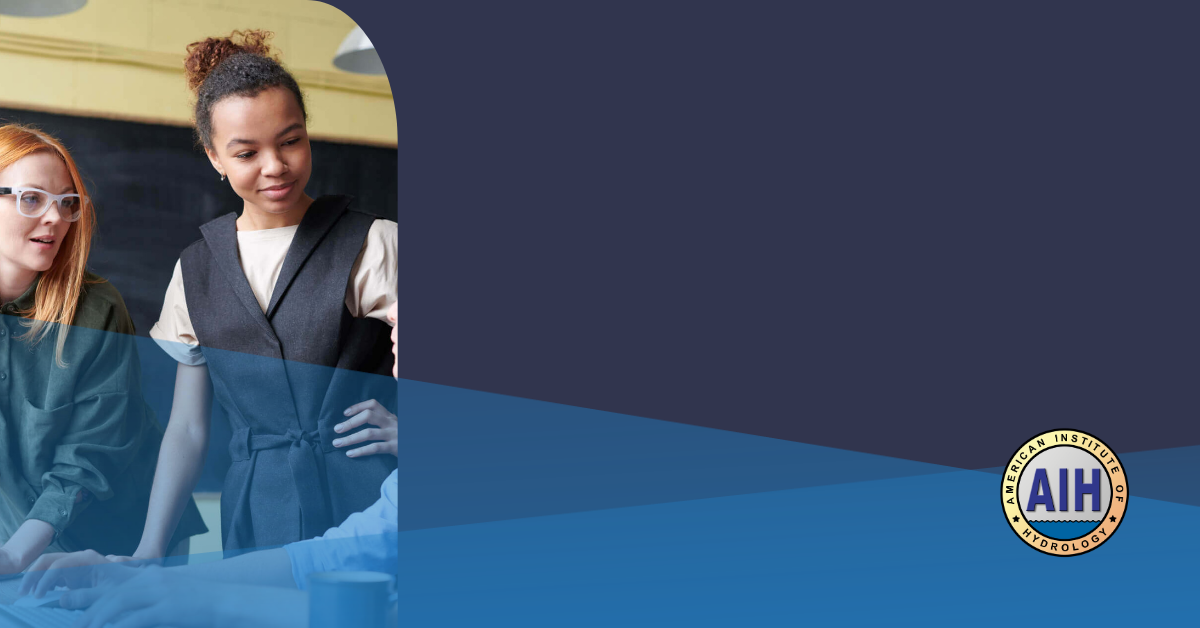
 Dr. Richard Koehler, PH, Ph.D., CEO (Visual Data Analytics, LLC)
Dr. Richard Koehler, PH, Ph.D., CEO (Visual Data Analytics, LLC) 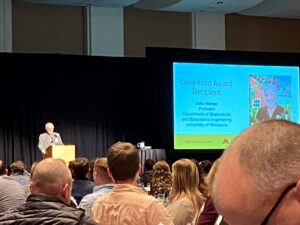 Professor John Nieber, PH, PE, Ph.D., Professor (University of Minnesota)
Professor John Nieber, PH, PE, Ph.D., Professor (University of Minnesota) 
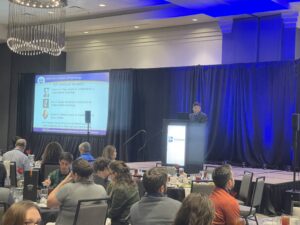 AIH Awards at the AWRA 2023 Annual Water Resources Conference
AIH Awards at the AWRA 2023 Annual Water Resources Conference
